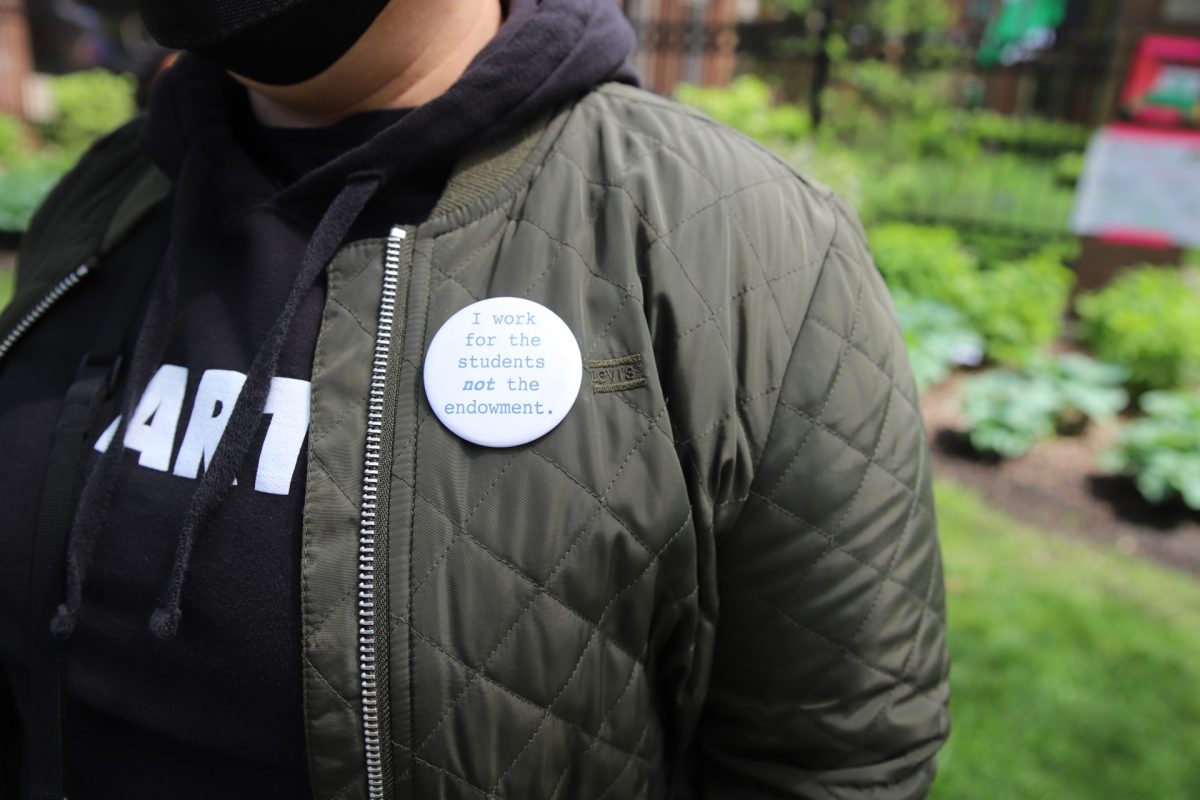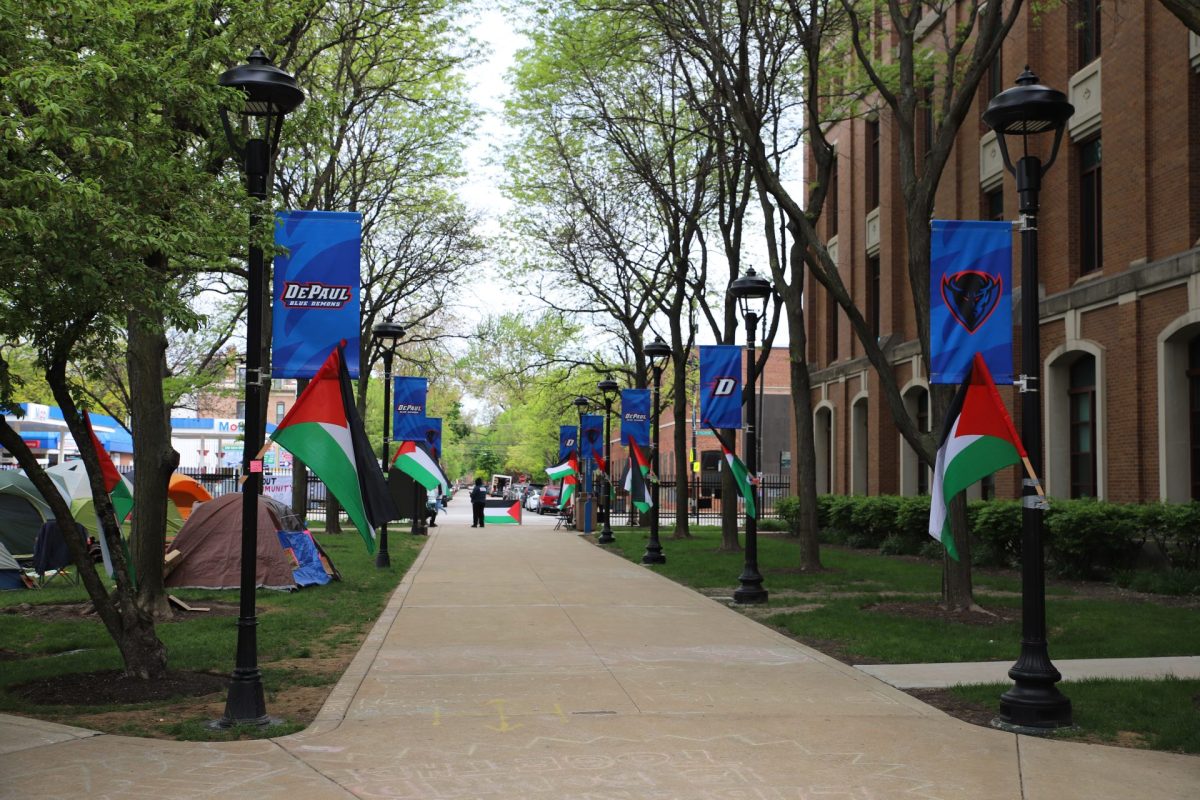The shutdown that has left much of the federal government shuttered slogged through its second week, leaving 770,000 government workers furloughed and thousands more at work without pay. With no end in sight for the shutdown, the effects are spreading to many different Americans across the country.
According Yourgov.com as of Oct. 9, 20 percent of the country was affected by the shutdown. Among the people directly affected by the shutdown is DePaul student Sarah, who works for the U.S. Department of State’s Midwest office.
“Steps were taken early on to communicate with federal employees about the likely government shutdown,” she said. “So, I knew, from my department, that regardless of whether or not the shutdown happened, I was expected to be at work on October 1st and in the days following.”
Like Sarah, hundreds of thousands of government workers have been deemed essential and asked to keep working even though they can not be paid till after the shutdown ends.
“This is indentured servitude,” said Jeffrey David Cox, president of the American Federation of Government Employees (AFGE) in an interview with The Guardian. AFGE is the largest union for government employees and has 670,000 members who were deemed essential and are working without pay.
“People are generally frustrated and disappointed that it has come to this and that there is no real sign of a solution thus far,” Sarah said. “Federal employees have already not seen raises in the last few years, so this is an additional grievance.”
The United States government is one of the largest employers in the world employing more than four million people total. This includes both civilian and military personnel. Due to a bill passed by Congress before the shutdown, the some 1.4 million active service personnel will continue to get paid, unlike their civilian counterparts.
“Because I have still been working, I have not had too big of a shift to my everyday life,” Sarah said. “It seems normal, except that the high-rise I work in is basically empty and dark.”
“We estimate that their missed hours will cut government output by about $1.6 billion per week,” said IHC in a release published on Oct. 4. “Business with contractors might simply be delayed until later in the quarter. But businesses in the D.C. area that serve government employees will suffer. And if the shutdown drags on, the effects will start to add up and could collide with a debt ceiling crisis.”
Effects of the shutdown have spread into the private sector forcing companies to furlough their employees until the government reopens. Lockheed Martin plans on furloughing 3,000 employees, while the engineering contractor URS has furloughed 3,000 and defense contractor BAE Systems 1,200.
Closing the nation’s national parks has also resulted in 15,000 private sector workers being sent home, according to the American Recreation Coalition.
The shutdown occurred after Congress failed to pass a counting resolution to fund the government. Republican leaders decided to take a stand on the Affordable Care Act by refusing to pass a continuing resolution that didn’t defund the health care law. This lead to the government shutdown when Democrats in the Senate wouldn’t pass the legislation.
According to polls by Yourgov.com, who has been following public opinion of the shutdown, 44 percent of the country believes Republicans to be the largest obstacle to ending the shutdown compared to 41 percent who place responsibility on the Democrats.







